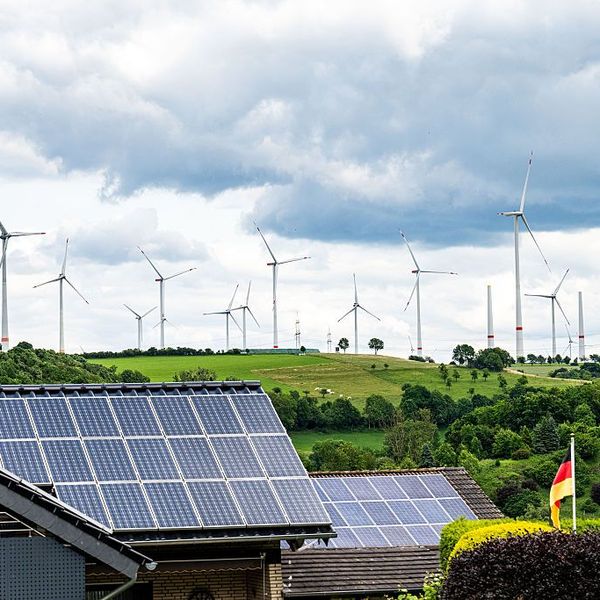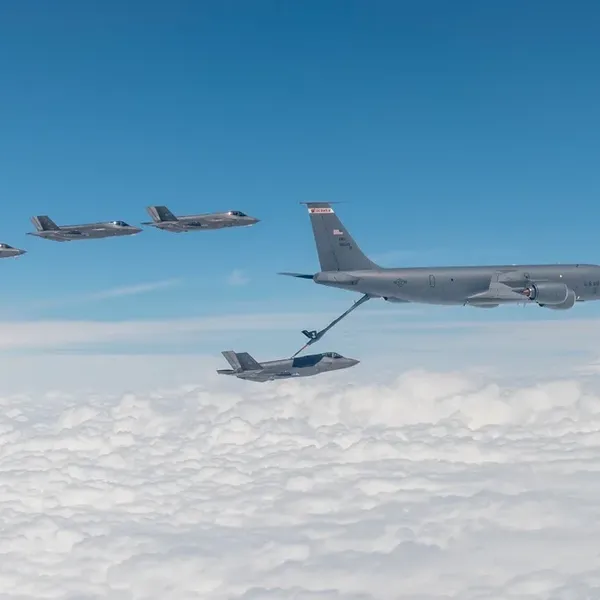As deserts expand and droughts persist, desperate people begin fighting over the water that remains. Elsewhere, rising sea levels create mass migrations. These portraits of human tragedy caused by climate change have become environmental security threats that the U.S. military now worries about.
The U.S. military is taking steps to reduce its own greenhouse gas emissions. Since it produces more emissions than any other institution on the planet, this is good news. But is it enough?
In a word, no. If climate change is the major security threat the military says it is, no amount of military greening will be enough to reverse it. Only wholesale measures to curb emissions across our own economy--and the world's--will do the job. Where will the money come from? Here's one big part of the answer: if arresting climate change is a national security imperative, then we need to devote a substantial portion of our security dollars to that purpose.
How are we doing so far? I have measured the balance of what the federal government spends on its military forces and on climate change since 2008. The climate change budget has more than doubled since then, from $7 to $18 billion. During the same period, military spending has also risen, though at a slower rate: from $696 to $739 billion. As a result, we've cut the gap between them in half. We spent $94 on the military for every dollar we spent on the climate in 2008. We'll spend at a ratio of $41 to $1 in 2011.
Obviously, this is progress. But check out what's happening in China, our primary global competitor. It spends about one-sixth as much on its military as the United States. It invests twice as much in clean energy technology. So its spending balance works out to somewhere between $2 and $3 on its military to every dollar it spends on climate.
And China is on track to become the world leader in both solar and wind technology by next year.
So our 41-to-1 balance looks good compared to where we were, but terrible compared to our main global competitor. The extreme tilt in our budget toward military spending is leaving us way behind in two of the major growth markets of the global economy. For the sake of our economic health and competitiveness, then, as well as for the sake of our security, we need to tilt the other way. The balance between what we spend on traditional military tools and on climate needs to look a lot more like China's.


